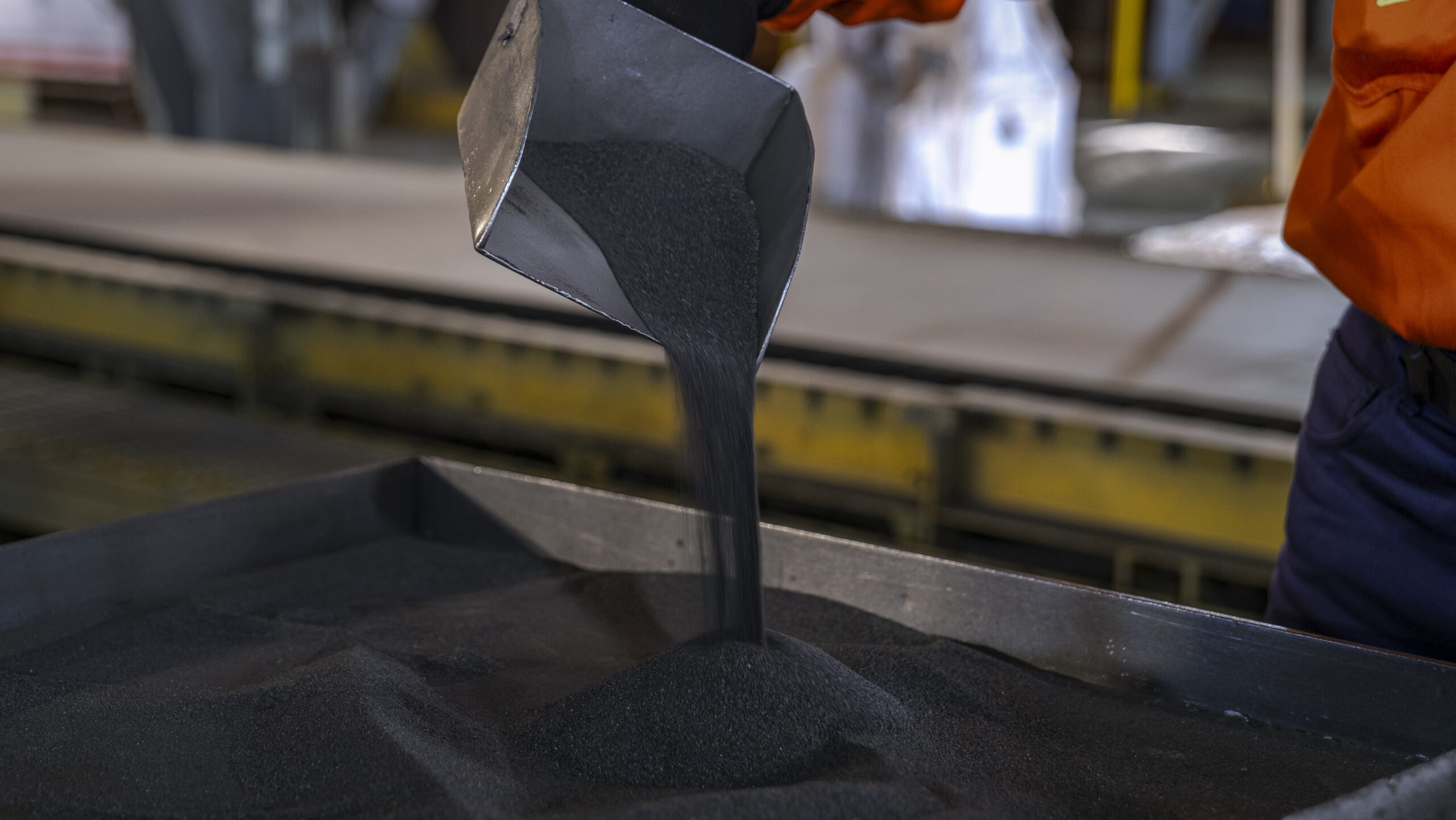The strong growth indicated in demand models for energy minerals has led the IEA and a number of industry analysts to forecast looming supply deficits in most key energy minerals in the second half of the 2020s. Forecasted supply deficits exist for minerals to include lithium, graphite, nickel, cobalt, rare earth minerals, and copper, amongst others. (Boer, 2021)
The predominant reason for supply deficits is that it is difficult to start new mines. The IEA reports that the average time to bring a new large mine from discovery to production is 16 years. Factors that constrain the growth of new mines include geological issues such as declining ore grades, or the concentration of mineral deposits in locations that are challenging from a political or environmental standpoint. Environmental and social impacts limit growth because new mines can mean displacing people or reducing access to resources that people currently use, and terrestrial mines often degrade water supplies and cause air pollution while also consuming limited fresh water supplies. Permitting delays are often inevitable because of the environmental and social impacts of mines. And financing new mines is difficult because the timeline for development is lengthy and highly risky.
We should note that when we say that forecasted demand exceeds supply, we are not suggesting that electric vehicles will be produced but go without batteries due to the lack of supply of minerals. Supply ultimately equals demand, but the market clearing price that equates supply to demand has to adjust higher when demand is greater than supply. If not enough minerals are produced to fully satisfy demand, then the prices of minerals adjust higher, effectively destroying some demand by pricing consumers out of the market. This is exactly what happened in 2021 and 2022, and we saw battery prices move higher as a result. Higher mineral prices risk stopping decarbonization efforts in their tracks.
Even if all of the constraints on mining development were removed tomorrow and the new mines were built in record time, there is still reason for concern. Some researchers question whether or not terrestrial mining sources hold enough resources to handle the large increases in demand forecasted by the IEA and others. (Michaux, 2022) When you factor in the decarbonization of all transportation, all industrial power uses, the tripling of the electric grid capacity, the build out of EV charging infrastructure, the massive increases in grid-scale storage, and the creation of clean energy generating technology, the demand for minerals may overwhelm terrestrial resources. In addition, there are questions as to whether the mineral resources which are thought to be available are all of sufficient quality (considering grades and impurities) to meet our specific needs.
While there is active debate related to whether or not terrestrial resources suffice to meet our energy transition needs, our hope is that society is never put in the terrible position of finding out whether enough terrestrial resources exist, because doing so would be disastrous to our environment and to humanity.
We know that the easiest to access, highest grade minerals are the ones that are always extracted first. We first tapped oil resources where the oil was literally flowing out of the ground, and the same is true for other minerals. Ore grades have been in secular decline across many minerals for decades. The crucial thing to understand is that lower grades of ore translate into more environmental damage per unit of ore produced – holding all else equal – and higher economic costs. This means that answering the call for more minerals from terrestrial mines will get progressively dirtier and more invasive the further we go into transition. That translates into greater human suffering as well. Lower ore grades mean more expensive minerals, further discouraging the green energy transition.
Much of the incremental mineral demand for the energy transition is being met by production from mines in the Global South. (Bradley, 2020) That production often takes place in the most pristine, biodiverse, and sensitive habitats of the world – tropical rainforests. We see this in Southeast Asia, in Africa, and in South America. For instance, nickel mines are flourishing in the rainforests of Indonesia and the Philippines. The ore bodies, known as laterite deposits, are shallow in depth and low-grade. These characteristics mean that getting small amounts of nickel requires clear cutting large amounts of rainforests and digging 10-50 feet into the ground over wide swathes of land.
Damage from these nickel mines is felt acutely on a local basis, but the entire world pays a price. Locals who used to grow crops, hunt, and fish from these areas are displaced. The rivers and oceans become muddy and often contain acid mine runoff or chemicals from refineries. The air becomes polluted from mine emissions and emissions from refineries. Respiratory and neurological illnesses increase. Chinese firms effectively control most of the mines in Indonesia and these firms tend to cut corners on environmental protections. (Rachman, 2023) The refineries in Indonesia are almost all powered by coal and are highly energy intensive. So, in producing nickel for batteries, the world is losing its most sensitive and endangered habitat while also producing vast quantities of carbon dioxide, undercutting the benefit we intend to reap from decarbonization.
While the damage we are doing from mining is difficult enough for communities and the environment in places such as the DRC, Indonesia, the Phillipines, and Brazil, it is likely to get much worse as ore grades continue to decline. Reducing ore grades means clear cutting more forest, using more energy, creating more emissions, using more money, and disrupting more lives for every ounce of mineral produced. And as we go deeper and deeper into pristine environments to pull these minerals out of the ground, we often must transport the ores greater distances, creating the need for more infrastructure, more emissions, and more environmental damage.


